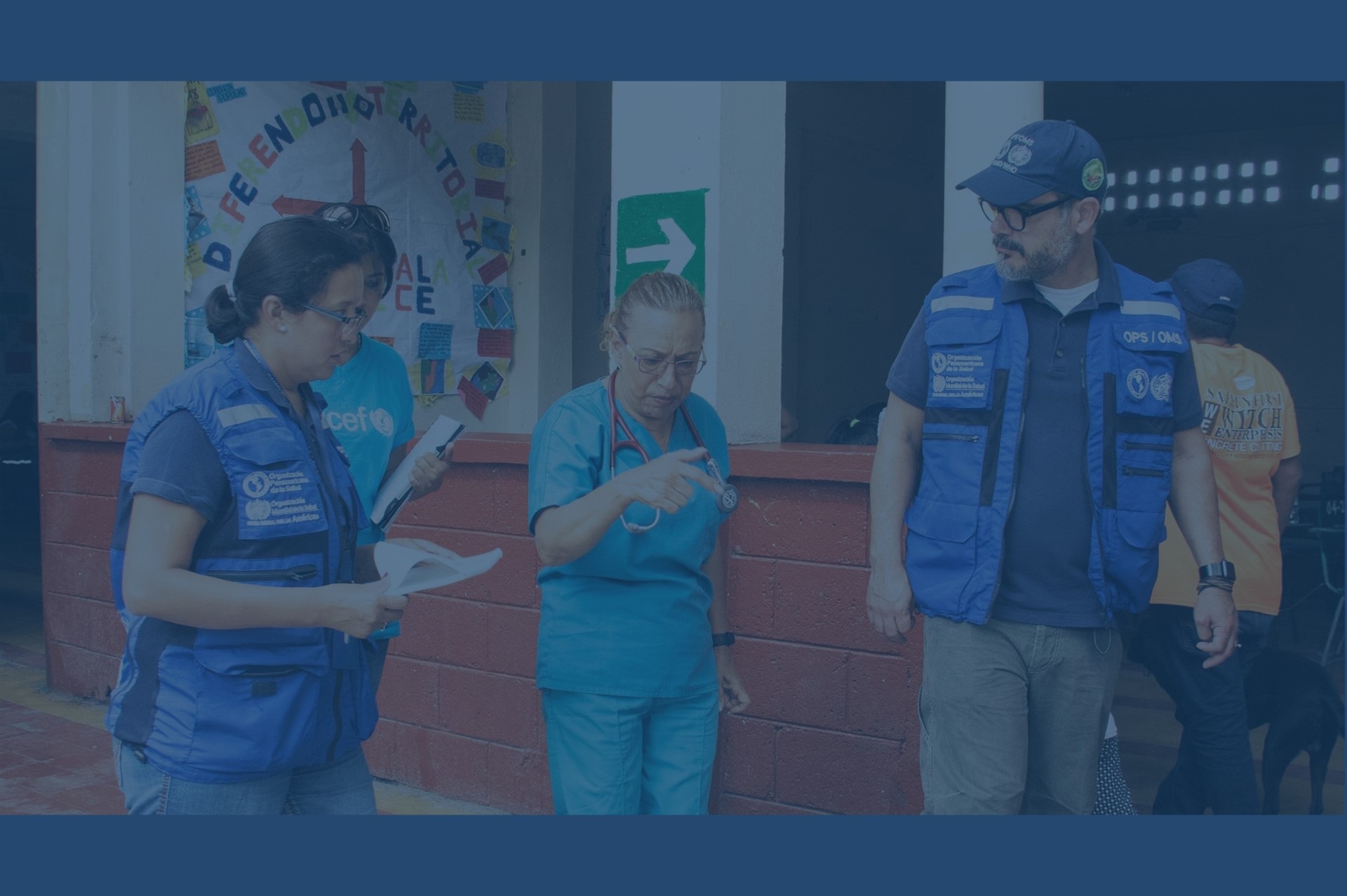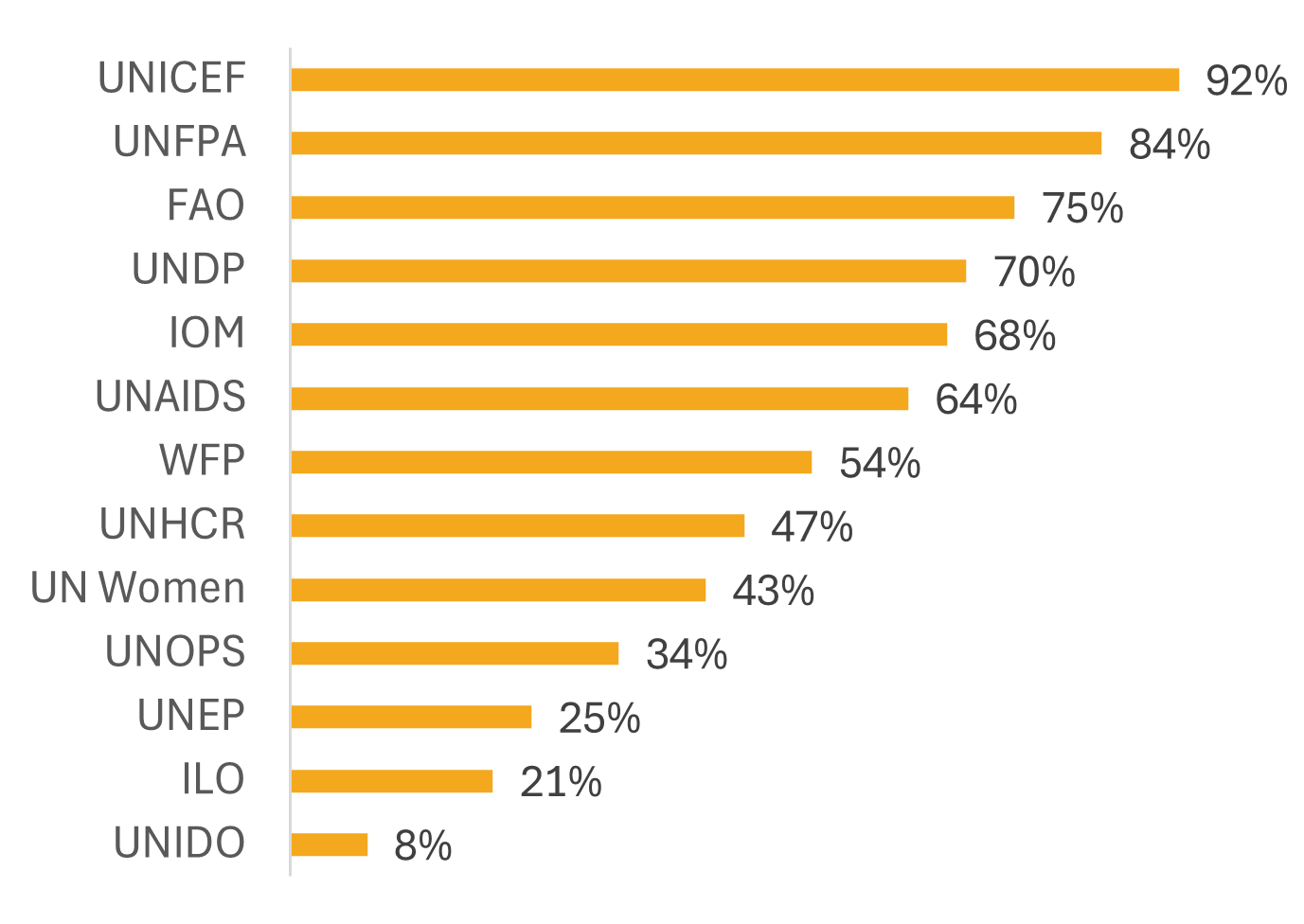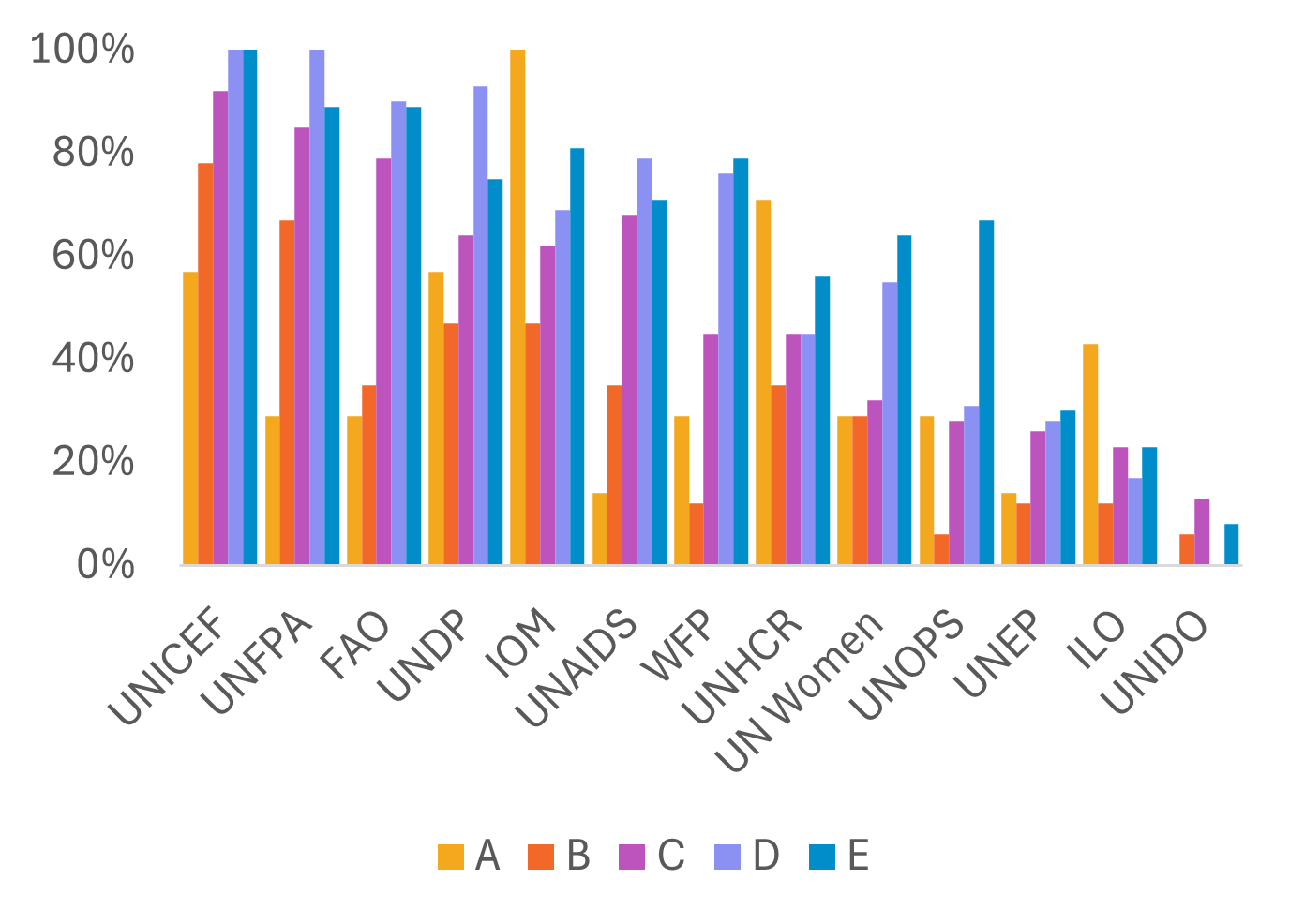
© WHO / Spartak Avetisyan
WHO Armenia provided support to the Ministry of Health Armenia, 3 burn survivors of the depot explosion were evacuated from Armenia by the Governments of Romania and Belgium to receive specialized treatment.
WHO Armenia provided support to the Ministry of Health Armenia, 3 burn survivors of the depot explosion were evacuated from Armenia by the Governments of Romania and Belgium to receive specialized treatment.
©
Credits

© WHO / Tiago Zenero
Responding to Health Needs in the Wake of Cyclone Chido, December 2024
Responding to Health Needs in the Wake of Cyclone Chido, December 2024
©
Credits

© WHO / Neil Nuia
Solomon Islands: Providing COVID-19 and other vaccines to remote communities
Solomon Islands: Providing COVID-19 and other vaccines to remote communities
©
Credits

© WHO / Zakarya Safari
Humanitarian Air Bridge delivers medical aid in response to Afghanistan earthquake - July 2022
Humanitarian Air Bridge delivers medical aid in response to Afghanistan earthquake - July 2022
©
Credits

© WHO / Uka Borregaard
The Netherlands: Rotterdam Medical Centre, WHO Collaborating
The Netherlands: Rotterdam Medical Centre, WHO Collaborating
©
Credits







